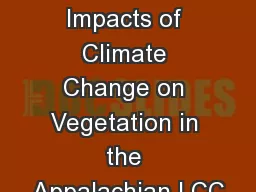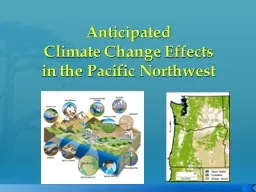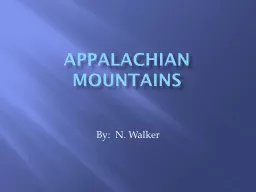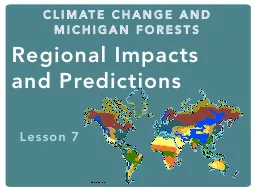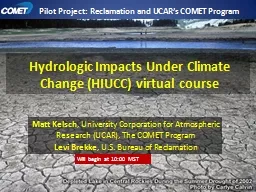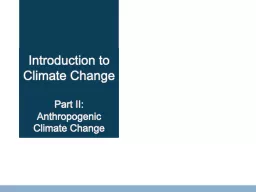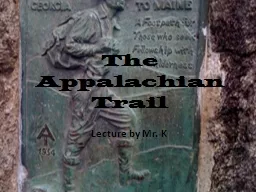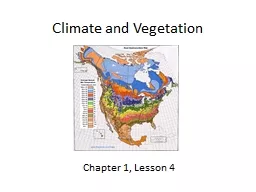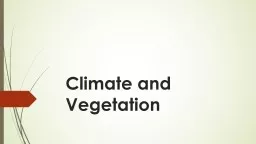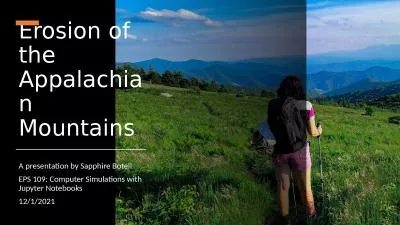PPT-Potential Impacts of Climate Change on Vegetation in the Appalachian LCC
Author : danika-pritchard | Published Date : 2018-10-05
Patrick Jantz Tina Cormier Scott Zolkos Scott Goetz and the LCCVP Group NASCB July 10 2014 Missoula MT Photo credit Andri Kyrychok Appalachian LCC Appalachian
Presentation Embed Code
Download Presentation
Download Presentation The PPT/PDF document "Potential Impacts of Climate Change on V..." is the property of its rightful owner. Permission is granted to download and print the materials on this website for personal, non-commercial use only, and to display it on your personal computer provided you do not modify the materials and that you retain all copyright notices contained in the materials. By downloading content from our website, you accept the terms of this agreement.
Potential Impacts of Climate Change on Vegetation in the Appalachian LCC: Transcript
Download Rules Of Document
"Potential Impacts of Climate Change on Vegetation in the Appalachian LCC"The content belongs to its owner. You may download and print it for personal use, without modification, and keep all copyright notices. By downloading, you agree to these terms.
Related Documents

